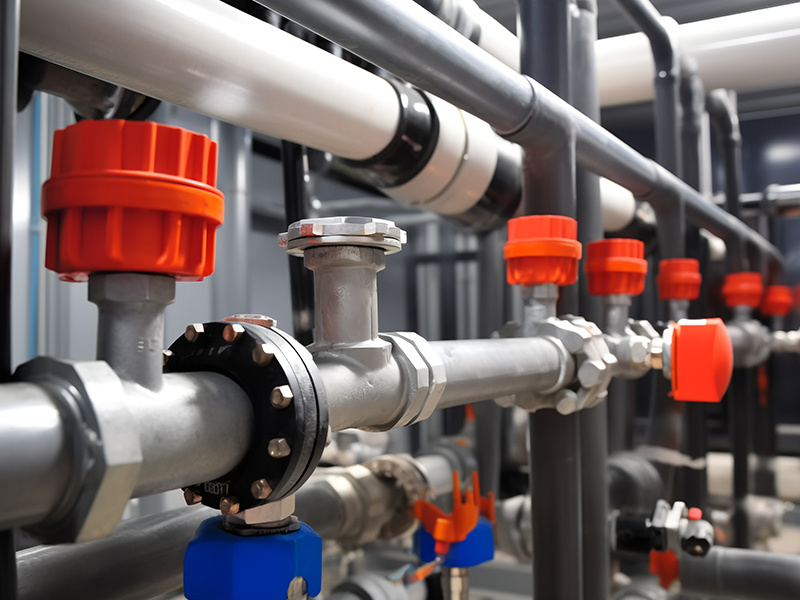Unveiling the Secret of the Iron Plate to Clamp Butterfly Valve
Release Time:
Jul 13,2025
Discover the significance of using an iron plate to clamp butterfly valves and how it enhances efficiency.
The Unsung Hero: Iron Plate to Clamp Butterfly Valve
When it comes to industrial applications, many components work behind the scenes, ensuring everything runs smoothly. One such unsung hero is the iron plate to clamp butterfly valve. This seemingly simple component is critical in various systems, and understanding its role can enhance your operational efficiency.
What is a Butterfly Valve?
Picture this: you’re in a factory, and you need to control the flow of fluids or gases. Enter the butterfly valve—a quarter-turn valve that uses a rotating disc to manage flow. It’s like a traffic cop for liquids and gases, directing where they need to go. But, to keep this cop on duty, we need a reliable clamp!
Why Use an Iron Plate?
Now, you might be wondering, why iron? Well, iron is robust, durable, and resistant to corrosion—key characteristics for components exposed to harsh environments. An iron plate to clamp butterfly valve does just that: it bolsters the valve’s structure, ensuring it can withstand high pressures and temperatures.
Benefits of Using an Iron Plate
- Durability: Iron plates can take a beating, making them perfect for demanding applications.
- Secure Fit: They provide a tight grip, ensuring that your butterfly valve operates without leaks.
- Cost-Effective: Iron is often more affordable compared to other materials, giving you bang for your buck.
Installation Insights
Installing an iron plate to clamp butterfly valve isn’t rocket science, but it does require some know-how. First off, ensure you have the right size plate for your valve. A misfit plate can lead to operational hiccups. Also, don’t forget to use the right tools—nothing fancy, just your standard wrenches and screwdrivers will do. Oh, and a little elbow grease never hurts!
Common Issues and Solutions
Like anything in life, issues may arise with your butterfly valve setup. One common problem is leakage, often due to improper installation. If you notice fluid seeping out, double-check that your iron plate is securely clamped. If all else fails, consider replacing the gasket; a worn-out gasket can be a sneaky culprit!
Maintenance Tips
To keep your iron plate to clamp butterfly valve in tip-top shape, regular maintenance is key. A simple visual inspection can go a long way. Look for rust or wear on the iron plate, and replace it if necessary. Additionally, lubricate the valve regularly to prevent it from seizing up. Remember, an ounce of prevention is worth a pound of cure!
The Future of Butterfly Valves
With technology advancing at breakneck speed, the future of butterfly valves looks bright. Innovations in materials and design promise to enhance their efficiency and lifespan. So, whether you’re in manufacturing, water treatment, or any other industry, keep an eye on the evolving technologies around iron plates and butterfly valves.
Wrap-Up
In conclusion, the iron plate to clamp butterfly valve may not be the star of the show, but it plays a crucial role in ensuring smooth operations across various industries. By understanding its significance, benefits, and maintenance, you can ensure your systems run like a well-oiled machine. So, the next time you encounter a butterfly valve, tip your hat to the iron plate that keeps it all together!





